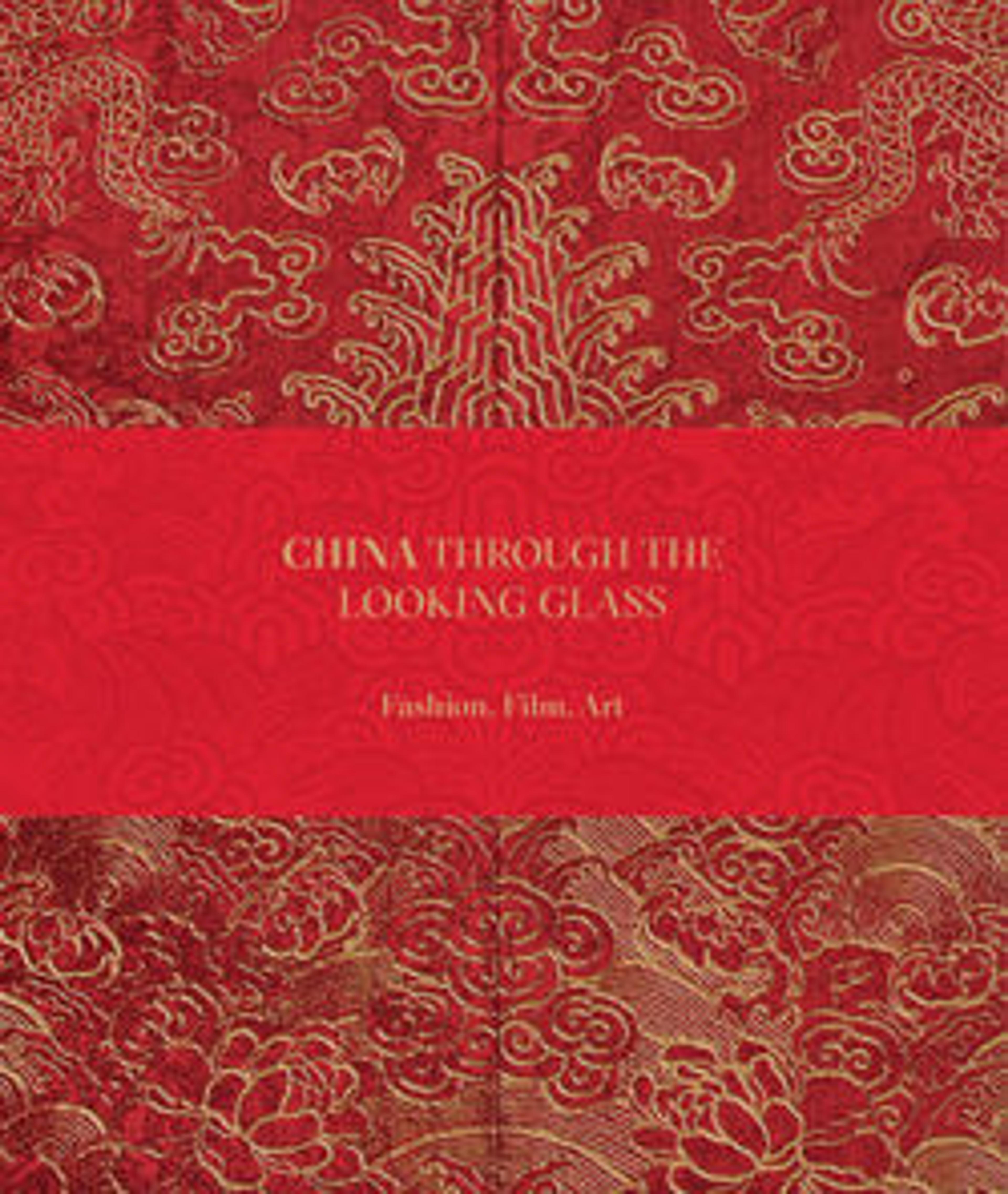Festival Robe
A festival robe, or jifu pao, was worn during festivals, banquets, and other events held in the periods preceding significant sacrificial ceremonies. Only those woven for the emperor, their consorts, and the crown prince were called a “dragon robe” (longpao), and decorated with five-clawed dragons and certain auspicious symbols. The sun, moon, constellation, mountain, dragons, flowery bird, sacrificial cups, waterweed, millet, fire, ax, and the symbol of discrimination "fu," seen on this robe, were reserved exclusively for imperial robes, as was the bright yellow color. They represent the emperor’s control over all elements of the universe. The powerful, vibrant, and fierce dragons embroidered on this robe date it to the second half of the eighteenth century, implying that it might have been made for the Emperor Qianlong (reigned 1736–95), one of the most famous rulers of the Qing dynasty.
Artwork Details
- Title: Festival Robe
- Period: Qing dynasty (1644–1911)
- Date: second half of the 18th century
- Culture: China
- Medium: Silk and metallic thread embroidery on silk satin
- Dimensions: 57 × 73 1/4 in. (144.8 × 186.1 cm)
- Classification: Costumes-Embroidered
- Credit Line: Purchase, Joseph Pulitzer Bequest, 1935
- Object Number: 35.84.8
- Curatorial Department: Asian Art
More Artwork
Research Resources
The Met provides unparalleled resources for research and welcomes an international community of students and scholars. The Met's Open Access API is where creators and researchers can connect to the The Met collection. Open Access data and public domain images are available for unrestricted commercial and noncommercial use without permission or fee.
To request images under copyright and other restrictions, please use this Image Request form.
Feedback
We continue to research and examine historical and cultural context for objects in The Met collection. If you have comments or questions about this object record, please contact us using the form below. The Museum looks forward to receiving your comments.
